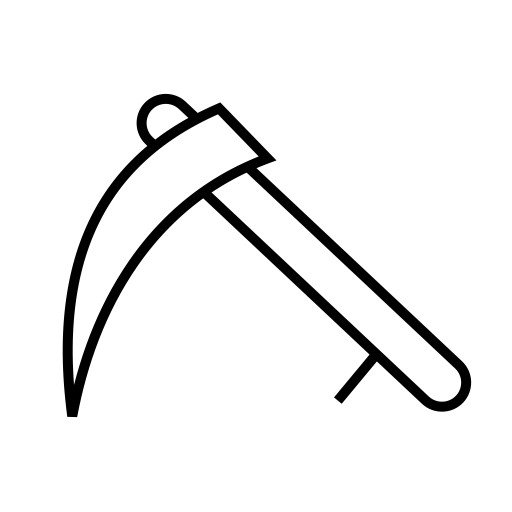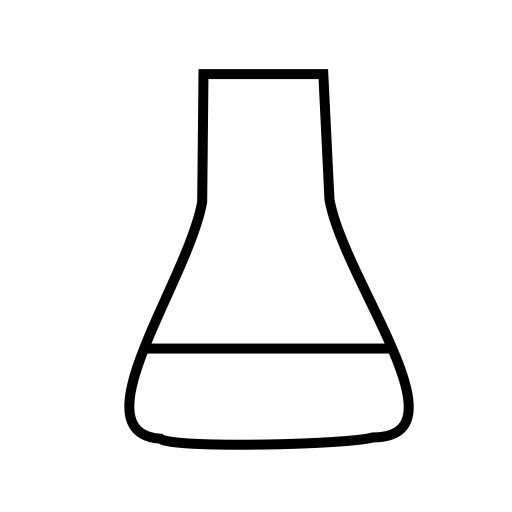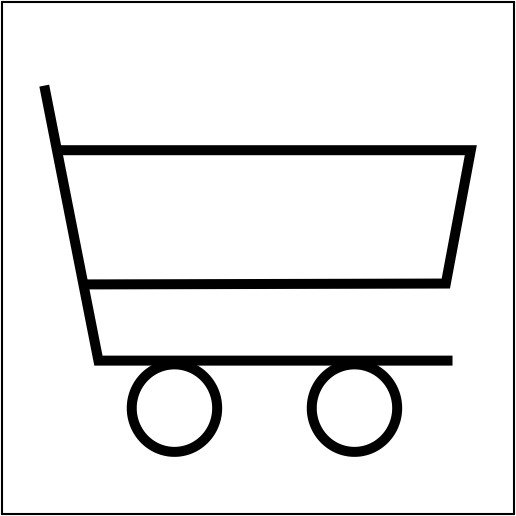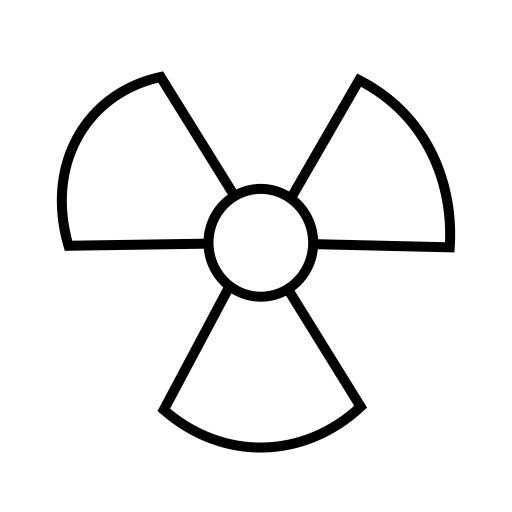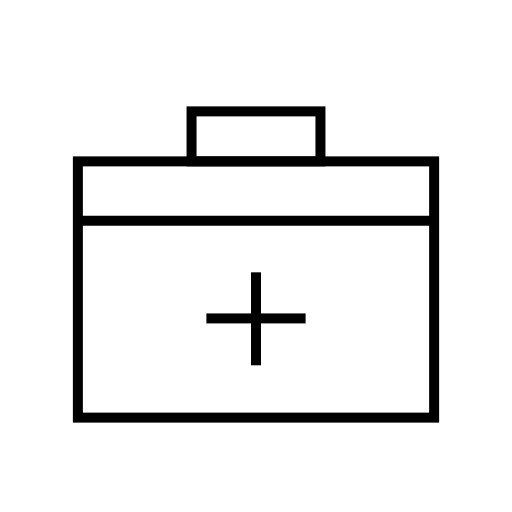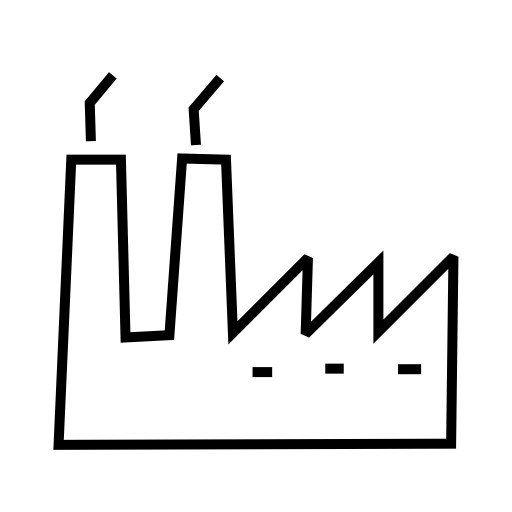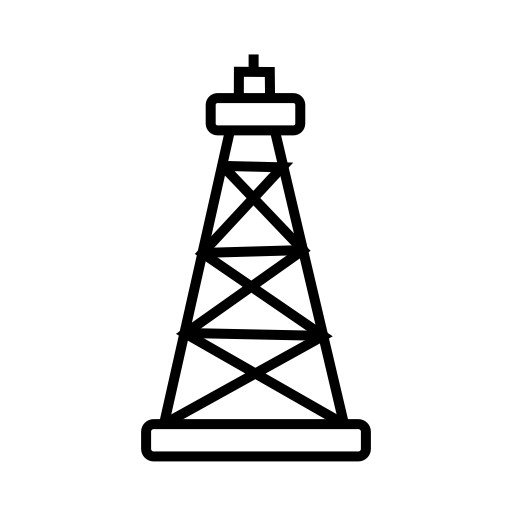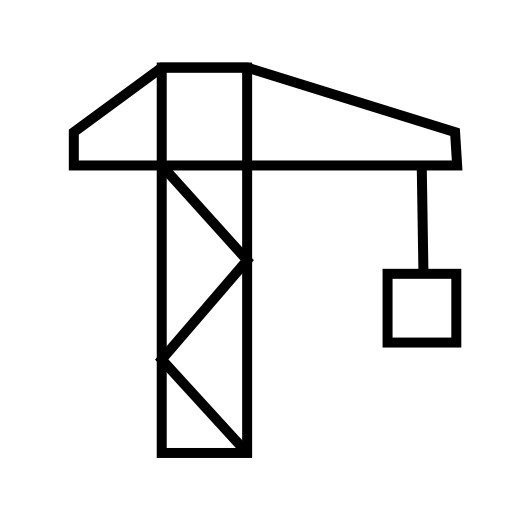Global Foundry Equipment Market Status and Forecast 2021-2027
Type: PDF
Status: Published
Categories: Aerospace and Defence
Report Code : OTHER2114833
No. of Pages : 180
Figure Foundry Equipment Picture
Figure Global Foundry Equipment Sales Volume and Growth Rate (2016-2027)
Figure Global Foundry Equipment Sales Value and Growth Rate (2016-2027)
Figure Global Foundry Equipment Sales Value CAGR (2020-2027) by Region
Figure Global Foundry Equipment Sales Volume Market Share by Company, 2020
Figure Global Foundry Equipment Sales Value Market Share by Company, 2020
Figure Global Foundry Equipment Sales Value and Growth Rate (2016-2027)
Figure Product Picture of Die Casting Machine
Figure Product Picture of Centrifugal Casting Machine
Figure Product Picture of Induction Furnace
Figure Product Picture of Moulding Machine
Figure Product Picture of Coremaking Machine
Figure Product Picture of Shot Blasting Machine
Figure Product Picture of The segment of die casting machine holds a comparatively larger share in global market, which accounts for about 45%.
Figure Global Foundry Equipment Sales Volume Market Share by Category, 2020
Figure Global Foundry Equipment Sales Value Market Share by Category, 2020
Figure North America Foundry Equipment Sales Volume Market Share by Category, 2020
Figure Europe Foundry Equipment Sales Volume Market Share by Category, 2020
Figure Asia Pacific Foundry Equipment Sales Volume Market Share by Category, 2020
Figure Central & South America Foundry Equipment Sales Volume Market Share by Category, 2020
Figure Middle East & Africa Foundry Equipment Sales Volume Market Share by Category, 2020
Figure Foundry Equipment in Automotive
Figure Global Foundry Equipment Market: Automotive (2016-2021)
Figure Foundry Equipment in Aerospace
Figure Global Foundry Equipment Market: Aerospace (2016-2021)
Figure Foundry Equipment in Machinery
Figure Global Foundry Equipment Market: Machinery (2016-2021)
Figure Foundry Equipment in Shipbuilding
Figure Global Foundry Equipment Market: Shipbuilding (2016-2021)
Figure Foundry Equipment in Power Generation and Electricity
Figure Global Foundry Equipment Market: Power Generation and Electricity (2016-2021)
Figure Foundry Equipment in Other
Figure Foundry Equipment in The automotive holds an important share in terms of applications, and accounts for 33% of the market share.
Figure Global Foundry Equipment Sales Volume Market Share by End User/Segment, 2020
Figure Global Foundry Equipment Sales Value Market Share by End User/Segment, 2020
Figure North America Foundry Equipment Sales Volume Market Share by End User/Segment, 2020
Figure Europe Foundry Equipment Sales Volume Market Share by End User/Segment, 2020
Figure Asia Pacific Foundry Equipment Sales Volume Market Share by End User/Segment, 2020
Figure Central & South America Foundry Equipment Sales Volume Market Share by End User/Segment, 2020
Figure Middle East & Africa Foundry Equipment Sales Volume Market Share by End User/Segment, 2020
Figure Global Foundry Equipment Sales Volume Market Share by Region (2016-2021)
Figure Global Foundry Equipment Sales Value Market Share by Region (2016-2021)
Figure North America Foundry Equipment Sales Volume Status (2016-2021)
Figure North America Foundry Equipment Sales Value Status (2016-2021)
Figure Europe Foundry Equipment Sales Volume Status (2016-2021)
Figure Europe Foundry Equipment Sales Value Status (2016-2021)
Figure Asia Pacific Foundry Equipment Sales Volume Status (2016-2021)
Figure North America Foundry Equipment Sales Value Status (2016-2021)
Figure Central & South America Foundry Equipment Sales Volume Status (2016-2021)
Figure Europe Foundry Equipment Sales Value Status (2016-2021)
Figure Middle East & Africa Foundry Equipment Sales Volume Status (2016-2021)
Figure China Foundry Equipment Sales Value Status (2016-2021)
Figure North America Foundry Equipment Sales Volume Market Share by Country, 2020
Figure Japan Foundry Equipment Sales Value Status (2016-2021)
Figure United States Foundry Equipment Sales Volume Status (2016-2021)
Figure Asia Other Foundry Equipment Sales Value Status (2016-2021)
Figure Canada Foundry Equipment Sales Volume Status (2016-2021)
Figure Canada Foundry Equipment Sales Value Status (2016-2021)
Figure Mexico Foundry Equipment Sales Volume Status (2016-2021)
Figure Mexico Foundry Equipment Sales Value Status (2016-2021)
Figure Europe Foundry Equipment Sales Volume Market Share by Country, 2020
Figure Europe Foundry Equipment Value Market Share by Country, 2020
Figure Germany Foundry Equipment Sales Volume Status (2016-2021)
Figure Germany Foundry Equipment Sales Value Status (2016-2021)
Figure France Foundry Equipment Sales Volume Status (2016-2021)
Figure France Foundry Equipment Sales Value Status (2016-2021)
Figure UK Foundry Equipment Sales Volume Status (2016-2021)
Figure UK Foundry Equipment Sales Value Status (2016-2021)
Figure Italy Foundry Equipment Sales Volume Status (2016-2021)
Figure Italy Foundry Equipment Sales Value Status (2016-2021)
Figure Russia Foundry Equipment Sales Volume Status (2016-2021)
Figure Russia Foundry Equipment Sales Value Status (2016-2021)
Figure Spain Foundry Equipment Sales Volume Status (2016-2021)
Figure Spain Foundry Equipment Sales Value Status (2016-2021)
Figure Asia Pacific Foundry Equipment Sales Volume Market Share by Country, 2020
Figure Asia Pacific Foundry Equipment Value Market Share by Country, 2020
Figure China Foundry Equipment Sales Volume Status (2016-2021)
Figure China Foundry Equipment Sales Value Status (2016-2021)
Figure Japan Foundry Equipment Sales Volume Status (2016-2021)
Figure Japan Foundry Equipment Sales Value Status (2016-2021)
Figure Korea Foundry Equipment Sales Volume Status (2016-2021)
Figure Korea Foundry Equipment Sales Value Status (2016-2021)
Figure Southeast Asia Foundry Equipment Sales Volume Status (2016-2021)
Figure Southeast Asia Foundry Equipment Sales Value Status (2016-2021)
Figure India Foundry Equipment Sales Volume Status (2016-2021)
Figure India Foundry Equipment Sales Value Status (2016-2021)
Figure Australasia Foundry Equipment Sales Volume Status (2016-2021)
Figure Australasia Foundry Equipment Sales Value Status (2016-2021)
Figure Central & South America Foundry Equipment Sales Volume Market Share by Country, 2020
Figure Central & South America Foundry Equipment Sales Value Market Share by Country, 2020
Figure Brazil Foundry Equipment Sales Volume Status (2016-2021)
Figure Brazil Foundry Equipment Sales Value Status (2016-2021)
Figure Argentina Foundry Equipment Sales Volume Status (2016-2021)
Figure Argentina Foundry Equipment Sales Value Status (2016-2021)
Figure Colombia Foundry Equipment Sales Volume Status (2016-2021)
Figure Colombia Foundry Equipment Sales Value Status (2016-2021)
Figure Middle East & Africa Foundry Equipment Sales Volume Market Share by Country, 2020
Figure Middle East & Africa Foundry Equipment Value Market Share by Country, 2020
Figure Iran Foundry Equipment Sales Volume Status (2016-2021)
Figure Iran Foundry Equipment Sales Value Status (2016-2021)
Figure South Africa Foundry Equipment Sales Volume Status (2016-2021)
Figure South Africa Foundry Equipment Sales Value Status (2016-2021)
Figure Israel Foundry Equipment Sales Volume Status (2016-2021)
Figure Israel Foundry Equipment Sales Value Status (2016-2021)
Figure Turkey Foundry Equipment Sales Volume Status (2016-2021)
Figure Turkey Foundry Equipment Sales Value Status (2016-2021)
Figure Saudi Arabia Foundry Equipment Sales Volume Status (2016-2021)
Figure Saudi Arabia Foundry Equipment Sales Value Status (2016-2021)
Figure Foundry Equipment Supply Chain Analysis
Figure Foundry Equipment Production Process Chart Analysis
Figure Foundry Equipment Manufacturing Cost Analysis
Figure Global Foundry Equipment Sales Volume Forecast (2022-2027)
Figure Global Foundry Equipment Sales Value Forecast (2022-2027)
Figure North America Foundry Equipment Sales Volume Forecast (2022-2027)
Figure North America Foundry Equipment Sales Value Forecast (2022-2027)
Figure Global Foundry Equipment Sales Value Growth Rate Forecast (2022-2027)
Figure Europe Foundry Equipment Sales Value Forecast (2022-2027)
Figure Asia Pacific Foundry Equipment Sales Volume Forecast (2022-2027)
Figure North America Foundry Equipment Sales Value Forecast (2022-2027)
Figure Central & South America Foundry Equipment Sales Volume Forecast (2022-2027)
Figure Europe Foundry Equipment Sales Value Forecast (2022-2027)
Figure Middle East & Africa Foundry Equipment Sales Volume Forecast (2022-2027)
Figure China Foundry Equipment Sales Value Forecast (2022-2027)
Figure Japan Foundry Equipment Sales Value Forecast (2022-2027)
Figure Asia Other Foundry Equipment Sales Value Forecast (2022-2027)
Figure Ziheng Hengteer Foundry Equipment Sales Volume Market Share Globally (2019-2021)
Figure Ziheng Hengteer Foundry Equipment Sales Value Market Share Globally (2019-2021)
Figure Yizumi Foundry Equipment Sales Volume Market Share Globally (2019-2021)
Figure Yizumi Foundry Equipment Sales Value Market Share Globally (2019-2021)
Figure Wheelabrator Foundry Equipment Sales Volume Market Share Globally (2019-2021)
Figure Wheelabrator Foundry Equipment Sales Value Market Share Globally (2019-2021)
Figure UBE Foundry Equipment Sales Volume Market Share Globally (2019-2021)
Figure UBE Foundry Equipment Sales Value Market Share Globally (2019-2021)
Figure TOYO Foundry Equipment Sales Volume Market Share Globally (2019-2021)
Figure TOYO Foundry Equipment Sales Value Market Share Globally (2019-2021)
Figure Toshiba Foundry Equipment Sales Volume Market Share Globally (2019-2021)
Figure Toshiba Foundry Equipment Sales Value Market Share Globally (2019-2021)
Figure Suzhu Foundry Equipment Sales Volume Market Share Globally (2019-2021)
Figure Suzhu Foundry Equipment Sales Value Market Share Globally (2019-2021)
Figure Suzhou Sanji Foundry Equipment Sales Volume Market Share Globally (2019-2021)
Figure Suzhou Sanji Foundry Equipment Sales Value Market Share Globally (2019-2021)
Figure Sinto Foundry Equipment Sales Volume Market Share Globally (2019-2021)
Figure Sinto Foundry Equipment Sales Value Market Share Globally (2019-2021)
Figure Rosler Foundry Equipment Sales Volume Market Share Globally (2019-2021)
Figure Rosler Foundry Equipment Sales Value Market Share Globally (2019-2021)
Request For Request Sample

Published On: 05-03-21
Single User
US$ 2980*** Benefits ***
1. 15% Free customization
2. Two Countries can add as per your choice
3. Two Company can add as per your choice
4. 35+ Countries
*** Services ***
1. Quarterly Industry Update for Six Months
2. One personal Research Analyst Allocate to you
3. 24*7 Research Support
4. Query will be resolve with 48 hours
Multi User
US$ 4470*** Benefits ***
1. 25% Free customization
2. Excel Data Sheet
3. Two Countries can add as per your choice
4. Two Company can add as per your choice
35+ Countries
*** Services ***
1. Client will get one updated report for a year.
2. Quarterly Industry Update for 1 Year.
3. One research analyst will allocate to you.
4. Query will be resolved within 36 hours.
24*7 Research Support.
Corporate User
US$ 5960*** Benefits ***
1. 25% Free customization
2. Excel Data Sheet
3. Two Countries can add as per your choice
4. Two Company can add as per your choice
5. 35+ Countries
*** Services ***
1. Client will get one updated report for a year.
2. Quarterly Industry Update for 1 Year.
3. One research analyst will allocate to you.
4. Query will be resolved within 36 hours.
5. 24*7 Research Support.

 +918421517810
+918421517810 +442921251543
+442921251543
